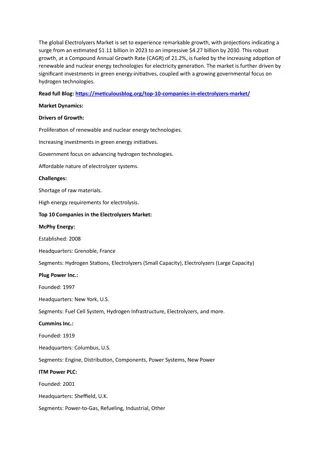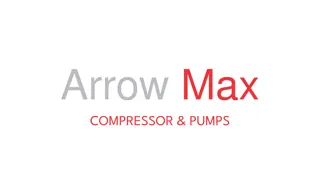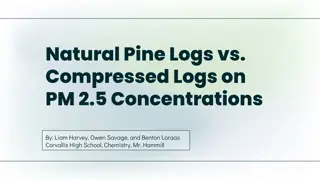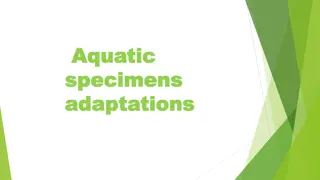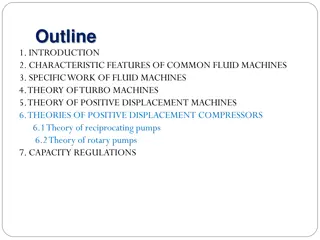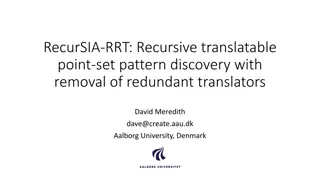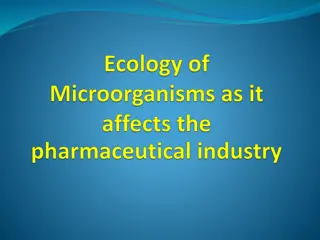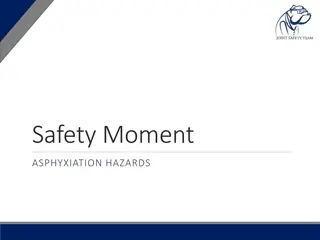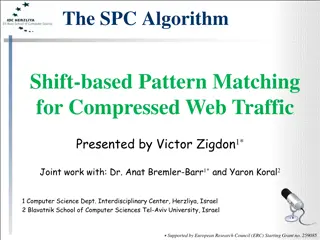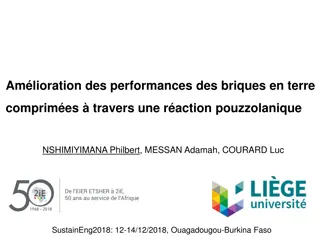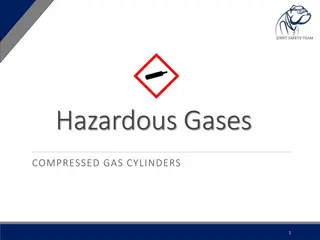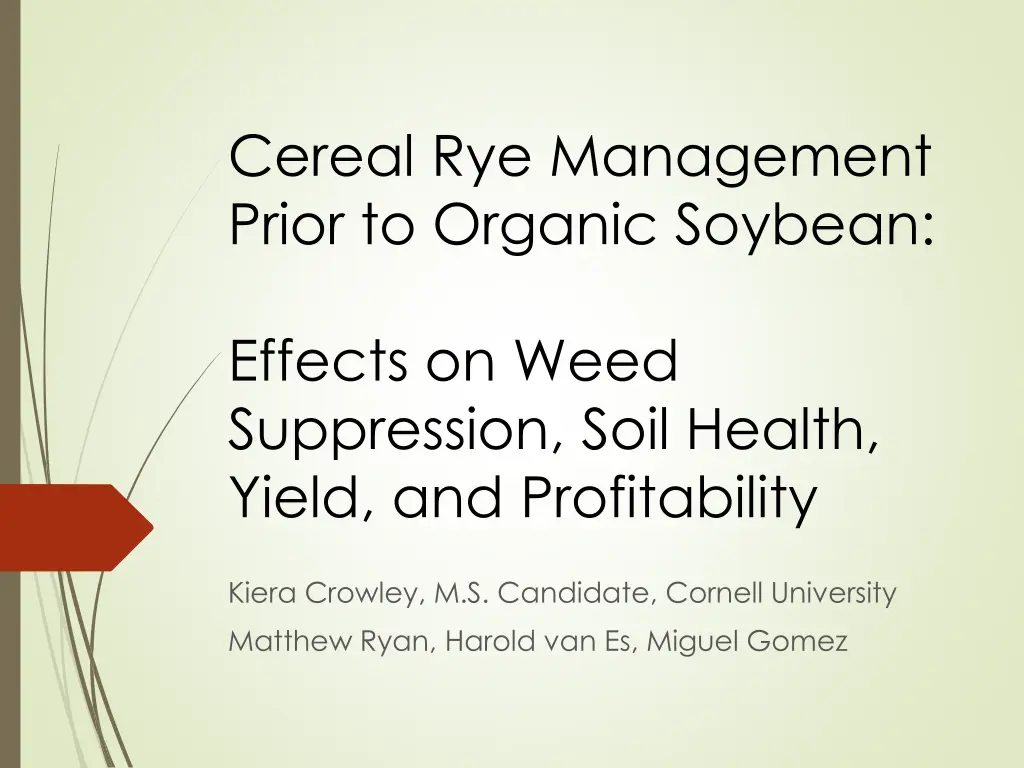
Rye Management for Organic Soybean: Effects on Weed Suppression and Soil Health
Enhance your organic soybean farming with effective rye management. Learn about weed suppression, soil health improvement, yield optimization, and profitability strategies backed by research from Cornell University. Explore experimental treatments, hypotheses, materials, and methods for successful implementation.
Download Presentation

Please find below an Image/Link to download the presentation.
The content on the website is provided AS IS for your information and personal use only. It may not be sold, licensed, or shared on other websites without obtaining consent from the author. If you encounter any issues during the download, it is possible that the publisher has removed the file from their server.
You are allowed to download the files provided on this website for personal or commercial use, subject to the condition that they are used lawfully. All files are the property of their respective owners.
The content on the website is provided AS IS for your information and personal use only. It may not be sold, licensed, or shared on other websites without obtaining consent from the author.
E N D
Presentation Transcript
Cereal Rye Management Prior to Organic Soybean: Effects on Weed Suppression, Soil Health, Yield, and Profitability Kiera Crowley, M.S. Candidate, Cornell University Matthew Ryan, Harold van Es, Miguel Gomez
Introduction 330,000 acres of soybean in New York in 2016, up 2.5x since 2000 (USDA NASS Quick Stats) New York #3 in the country in the number of organic farms (USDA NASS, 2014 Organic Survey) 1958 - 2012 Research Justification Challenges with weed suppression Reliance on tillage Increased climate variability Updated from Karl et al. 2009. Downloaded from the National Climate Assessment.
Cereal Rye (Secale cereale) Feasible for late fall planting Reduces winter soil erosion Produces large amount of biomass Weed suppression Possible use as forage
Cereal Rye Management (Experimental Treatments) Plow down: rye is incorporated at jointing Ryelage: rye is harvested at boot stage Roll down: rye is roller-crimped immediately prior to planting at 50% anthesis No cover: No rye cover crop seeded.
Hypotheses 1. Cereal rye mulch will be as effective as tillage in suppressing weeds. 2. Soil health will be greater in all treatments with cover crops. 3. Crop yield will not differ among treatments. 4. Profitability will be greatest in the Ryelage treatment.
Materials and Methods Aurora, NY Initiated in 2014, repeated in 2015 Randomized Complete Block Design with 4 replicates Cereal rye (Aroostook) drilled at 188 kg/ha Organic soybean (Viking 2299, maturity group 2.2) planted at 618,000 seeds/ha Cover crop biomass (One 0.5 m2 quadrat per plot) Collection Soil sampling (15-cm depth) Data Respiration Weed biomass (Two 0.5 m2 quadrats per plot) Grain yield Partial budget analysis
Accumulated Precipitation (cm) 30 Normal Accumulation 25 2015 Accumulation 2016 Accumulation 20 15 10 5 0 1-Apr 1-May 1-Jun 1-Jul 1-Aug 1-Sep 1-Oct Created from Northeast RCC CLIMOD 2
Cereal Rye Biomass Seeding dates: 2014: Oct 7 2015: Sep 18 Dry weight (kg ha1) Mid May Early May Early June Late May Early May Late April 2015 2016
Hypothesis #1: Weeds will be suppressed by the cereal rye mulch as effectively as in the treatments using moldboard plow tillage and inter-row cultivation. *Measured in early September both years Biomass (kg ha1)
Hypothesis #2: Soil health will be greater in the three cover crop treatments. *Measured in August both years Respiration (mg CO2 / g dry weight)
Treatment Comparison at Harvest, October 8, 2015 Plow down Ryelage Roll down No cover
Treatment Comparison at Harvest, October 19, 2016 Plow down Ryelage Roll down No cover
Hypothesis #3: Crop yield will not differ among treatments. Yield (kg ha1)
Partial Budget Analysis: Assumptions Income Sources Soybean yield (kg/ha) Trial data, 13% moisture Value of soybeans1 ($/kg) 2015 average, organic feed-grade Ryelage yield (kg/ha) Trial data, 70% moisture Value of ryelage2 ($/kg) Trial data, forage quality analysis Costs Cereal rye seed3 ($/ha) Seeded at 188 kg/ha Pennsylvania and Michigan State 2016 Custom Rates Field operations (various) 1USDA National Organic Grain and Feedstuffs; 2Penn State Feed Calculator; 3Aroostook, Ernst Conservation Seeds Inc.
No cover Fall Plow down Ryelage Roll down Moldboard plow Disk, cultipack Drill rye Moldboard plow Disk, cultipack Drill rye Moldboard plow Disk, cultipack Drill rye Spring Mow rye Rake rye Bale rye Roll/crimp rye Moldboard plow Disk, harrow Summer Cultivate Cultivate Cultivate Cultivate Moldboard plow Disk, harrow Moldboard plow Disk, harrow Cultivate Cultivate Cultivate Cultivate Cultivate Cultivate Cultivate Cultivate
Hypothesis #4: Partial profitability will be greatest in the Ryelage treatment. USD ha1
Conclusions Weed biomass was greater in the Roll down treatment, but still relatively low for organic production Compared to the No cover treatment, greater soil respiration in the Roll down Yield was lower in the second year of the Roll down treatment, but otherwise comparable yields between treatments Partial profitability in the Ryelage treatment greater than in the Roll down treatment
Thank you! USDA ORG Program Project #2014-03385 Research assistants: Kirby Peters Sustainable Cropping Systems Lab: Lauren Hill Julian Garcia Sandra Wayman Laurel Wolfe Chris Pelzer Ellie Crowell Connor Youngerman T nia Carvalho Carli Margaret Ball Jake Katzenberg Jeff Liebert Douglas Macedo Brian Caldwell Ann Bybee-Finley Eugene Law

